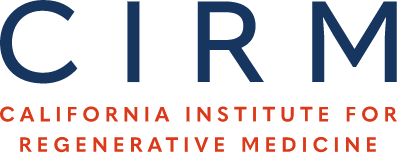Rapid DNA unwinding accelerates genome editing by engineered CRISPR-Cas9.
Publication Year:
2024
PubMed ID:
38781968
Public Summary:
CRISPR-Cas proteins are present in many bacterial species to protect them from viruses. Their adaptation for use in genome editing of animal and plant species has revolutionized biology and medicine. The most commonly used CRISPR-Cas system is CRISPR-Cas9 from the bacterium Streptococcus pyogenes. However, sensitivity to inactivation limits its usefulness under certain conditions, particularly within cultured mammalian cells. It was hypothesized that Cas9 from an alternate bacterium, Geobacillus stearothermophilus (GeoCas9), would have more robust genome editing ability in cultured cells due to its increased thermal stability. Native GeoCas9 proved to be a poor genome editor when used in mammalian cells. However, sequence alterations to GeoCas9 resulted in a modified version, iGeoCas9, that was 100 fold more active in genome editing within mammalian cells. iGeoCas9 protein structure was studied to discover the structural basis of this improved activity. Similar modifications made to Cas9 proteins from other bacteria also showed increased genome editing in mammalian cells, demonstrating a way to enhance genome editing efficiency of CRISPR-Cas9 system.
Scientific Abstract:
Thermostable clustered regularly interspaced short palindromic repeats (CRISPR) and CRISPR-associated (Cas9) enzymes could improve genome-editing efficiency and delivery due to extended protein lifetimes. However, initial experimentation demonstrated Geobacillus stearothermophilus Cas9 (GeoCas9) to be virtually inactive when used in cultured human cells. Laboratory-evolved variants of GeoCas9 overcome this natural limitation by acquiring mutations in the wedge (WED) domain that produce >100-fold-higher genome-editing levels. Cryoelectron microscopy (cryo-EM) structures of the wild-type and improved GeoCas9 (iGeoCas9) enzymes reveal extended contacts between the WED domain of iGeoCas9 and DNA substrates. Biochemical analysis shows that iGeoCas9 accelerates DNA unwinding to capture substrates under the magnesium-restricted conditions typical of mammalian but not bacterial cells. These findings enabled rational engineering of other Cas9 orthologs to enhance genome-editing levels, pointing to a general strategy for editing enzyme improvement. Together, these results uncover a new role for the Cas9 WED domain in DNA unwinding and demonstrate how accelerated target unwinding dramatically improves Cas9-induced genome-editing activity.



